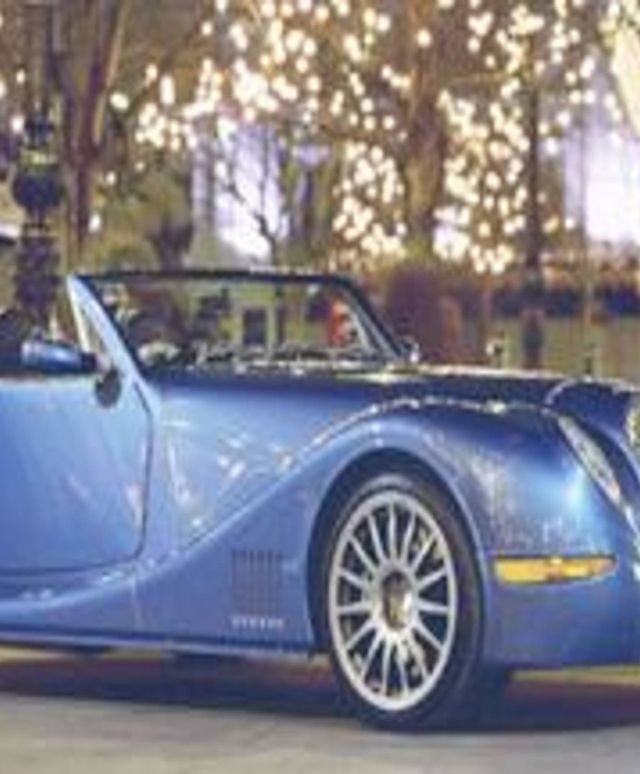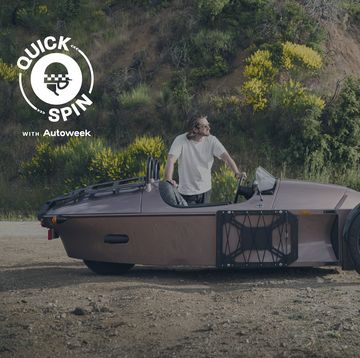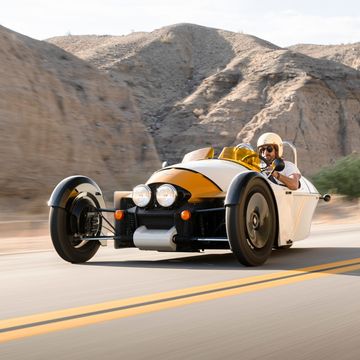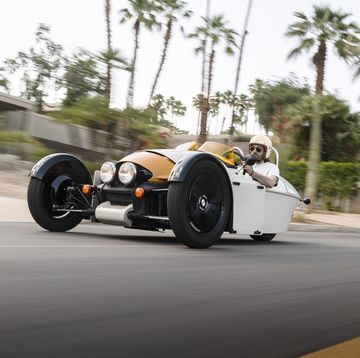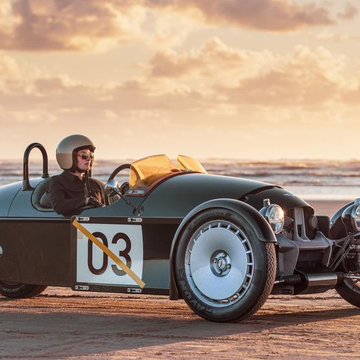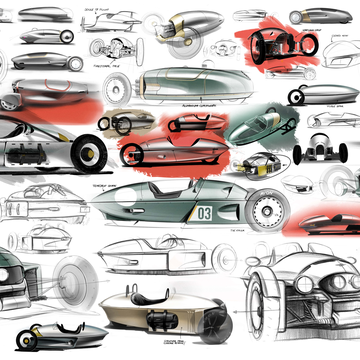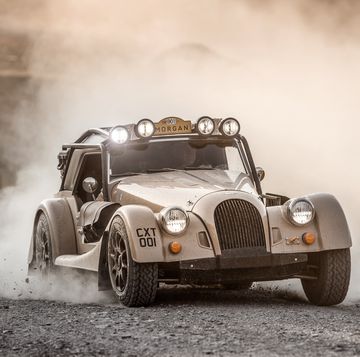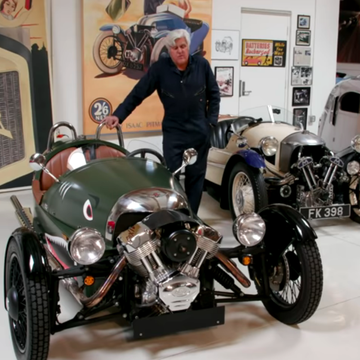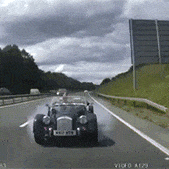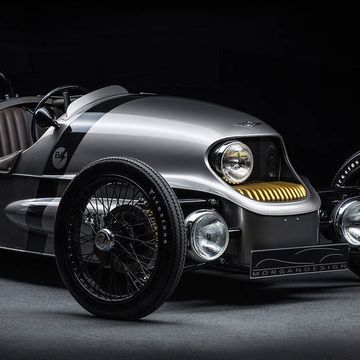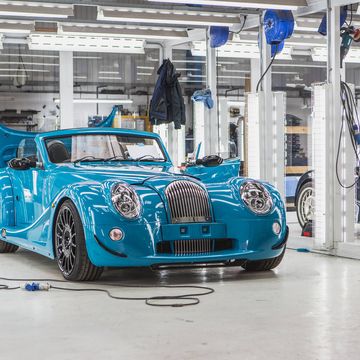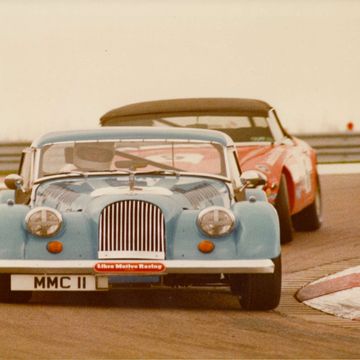In the early morning of May 13, a pile of paperwork arrived at a desk in Malvern Link, Worcestershire, England, from somebody deep in the pancreas of NHTSA in Washington. With that paperwork, the Morgan Aero 8 became fully U.S. legal. Morgan waited more than a year for confirmation of its exemption from NHTSA bumper regulations and the accompanying legality of U.S. sales of its new roadster. The long and bumpy road to legitimacy on our shores finally came to an end for the Aero 8.
Once you drive the car, you will forget all about NHTSA bumper regulations.
We forgot as soon as we slithered into the driver’s seat at our local Morgan dealer, Morgan West in Santa Monica, California.
First, some spec changes for this model over the initial run of European Aero 8s, not that anyone other than hardcore Morgan fans will notice. The cockpit is six inches wider, which is a good thing if you, too, are six inches wider. Some switchgear has been reorganized (the window no longer opens with your right elbow all the time), the trunk is 50 percent bigger and can hold all your cricket gear, including sticky wickets, and the top folds closer to flat (but not entirely so) and out of the way. U.S. Aeros get airbags, ABS, cruise control and electronic power steering.
The interior remains claustrophobic by U.S. standards and the pedals too close together, but it is a British sports car. The steering wheel is in your chest, for instance, and to avoid fatal pedal misapplication, we drove, as we at first drive all things British, from Caterhams to Astons, without shoes.
Cars sold in the United States have six-speed ZF manuals instead of the five-speed manuals found on the first batch of roadsters, and we get the 4.4-liter 325-hp BMW V8 (340 hp with the optional side exhausts). That powertrain is bolted into an aluminum chassis surrounded by an ash frame wrapped with aluminum coach-built bodywork. The whole thing weighs 2519 pounds. There, that’s the draw of this car—a curb weight of 2519 pounds and a 325-hp V8. That’s crazy, stupid fun in a power-to-weight ratio way. Think of it like this: An Aero 8 weighs 1000 pounds less than a BMW Z8.
You sit way at the rear end of the thing and click through the shortest-throw gear shifter we may have ever clicked. At your right foot is the command to instantly summon all 325 hp and 330 lb-ft of torque. Few other things can so quickly channel this much tire-squealing, lightweight British sports car delight. Perhaps a Caterham, though the Aero 8 offers considerably more comfort and amenity, not to mention horsepower. Response from the throttle-by-wire is nearly instantaneous.
It is great fun aiming that long nose through traffic.
Of course, the Aero 8’s exterior design is unlike any other. Some on staff love its uniqueness and heritage, others don’t understand it. Some say it looks like it’s been treed badly, square on the snout, twice. Then there is that rear end. And those sides. And those running boards.
Still, the one-off Aero 8 concept shown at Geneva this year looks swoopy, with a classic cowl spilling back toward a well-managed tail. If Morgan would only put those bodies on this car, people would line up.
Or we should say the line would get longer. There are more than 100 orders for the cars at the 10 Morgan dealers across North America right now, all starting at $113,000. When you add customs, freight and options like two-tone paint and those side exhausts, you’re up to more than $120,000. That’s a nice, high-mileage Ferrari 360 or 355, not to mention a Porsche 911 or two.
But Morgan lusters are a different breed, and they always have been. Look for the Aero 8, and maybe the Aero 8 Coupe if they make it, to perpetuate that breed.

